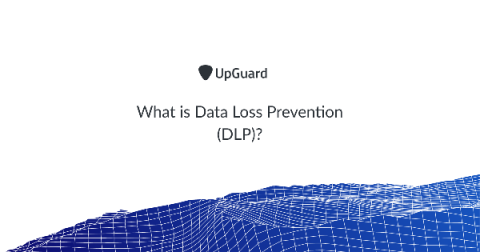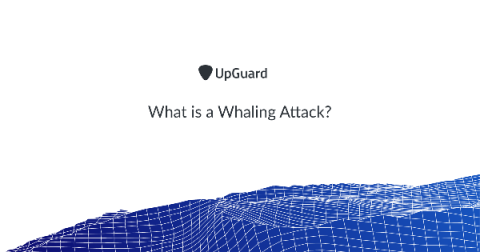What is an Open Port, and Why are they Dangerous?
In cybersecurity, the term open port refers to a TCP or UDP port number that is configured to accept packets. In contrast, a port which rejects connections or ignores all packets, is a closed port. Ports are an integral part of the Internet's communication model. All communication over the Internet is exchanged via ports. Every IP address contains two kinds of ports, UDP and TCP ports, and there are up to 65,535 of each for any given IP address.











